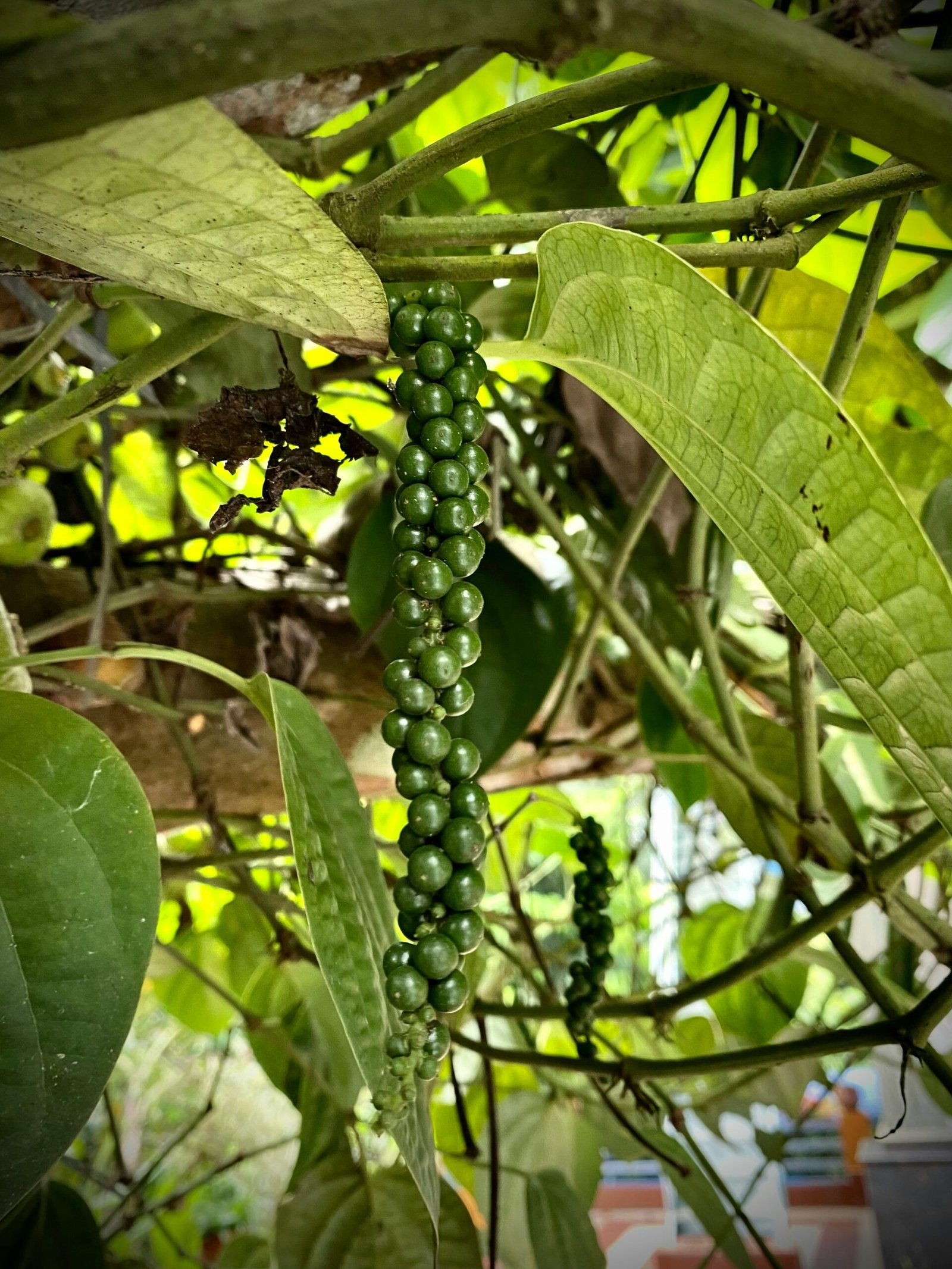
Overview of Cold and Flu Symptoms
Cold and flu are distinct respiratory illnesses caused by different viruses, yet they share several common symptoms that can often make differentiation difficult. Understanding these symptoms is crucial for determining the appropriate course of treatment. Commonly, individuals suffering from a cold may experience sneezing, a runny or stuffy nose, mild sore throat, and a general feeling of fatigue. These symptoms are usually mild and develop gradually.
In contrast, influenza tends to present with more severe manifestations. Symptoms such as a high fever, intense body aches, chills, and dry coughing are indicative of the flu. The onset of flu symptoms is typically abrupt, and the overall duration may also be longer compared to a common cold. Fatigue associated with flu can be significant, often leaving individuals bedridden for several days.
A sore throat can occur in both illnesses; however, it is generally more pronounced in colds than in the flu. Recognizing the fever can also help distinguish between the two; while a cold may result in a low-grade fever or no fever at all, flu often leads to elevated temperatures exceeding 100°F (37.8°C). Given the overlap in symptoms, it is essential to observe the degree and nature of each symptom, especially if more severe indications such as difficulty breathing or chest pain develop.
Overall, differentiating between cold and flu symptoms is important for selecting suitable remedies. By understanding these signals, individuals can better manage their health and decide whether it is necessary to seek medical advice or utilize natural remedies more effectively.
The Power of Hydration
Hydration plays a crucial role in the body’s ability to recover from cold and flu symptoms. When an individual is infected with a virus, staying adequately hydrated can help alleviate various symptoms associated with these illnesses. Water, as the primary source of hydration, is essential for maintaining bodily function. It aids in the thinning of mucus, which is particularly important for individuals experiencing congestion and respiratory discomfort. Moreover, adequate hydration ensures that the body can effectively flush out toxins and support overall cellular function.
In addition to plain water, herbal teas provide a soothing way to increase fluid intake and offer various medicinal benefits. Teas made from ingredients such as ginger, chamomile, and peppermint can help ease throat irritation, promote digestion, and even reduce inflammation. For instance, ginger tea is known for its warming properties and can also help in alleviating nausea that sometimes accompanies cold and flu. Chamomile tea, with its calming effect, can assist in promoting restful sleep, which is vital during illness.
Broths, particularly chicken broth, are another excellent option for hydration when battling cold and flu symptoms. Rich in vitamins and minerals, they can help replenish nutrients lost during illness while providing warmth and comfort. The steam from a warm broth can also assist in relieving nasal congestion, making it easier to breathe. Additionally, broths are relatively easy to digest and can provide a much-needed source of nourishment when appetite may be diminished.
Overall, maintaining hydration through water, herbal teas, and nourishing broths is invaluable for those suffering from cold and flu. Not only does it aid in symptom relief, but it also supports the body’s immune response and promotes a speedier recovery process.
Herbal Remedies for Cold and Flu
Herbal remedies have long been recognized for their potential benefits in alleviating cold and flu symptoms and supporting the immune system. Among the most popular herbs are echinacea, elderberry, and thyme, each boasting unique properties that can be beneficial during the cold and flu season.
Echinacea, often referred to as the purple coneflower, is known for its ability to stimulate the immune system. Research suggests that echinacea can reduce the duration and severity of cold symptoms. It is commonly consumed in various forms, such as teas, tinctures, or capsules. To prepare an echinacea tea, steep the dried flowers or leaves in boiling water for about 10 minutes. This infusion can be consumed several times a day for best results.
Elderberry, derived from the berries of the elder tree, is another potent remedy that has garnered attention for its antiviral properties. Clinical studies show that elderberry can effectively reduce the symptoms of influenza and may aid in shorter recovery times. Elderberries can be made into syrups or jams, but it is essential to cook the berries before consumption, as raw elderberries may be toxic. A simple elderberry syrup can be created by simmering cooked elderberries, water, and sugar or honey until a syrupy consistency is achieved. This syrup can be taken directly or added to tea.
Thyme, a common culinary herb, also possesses impressive medicinal properties. Its strong antimicrobial qualities help combat respiratory infections. Thyme can be used in various forms, including herbal teas or essential oils. To make thyme tea, steep fresh or dried thyme leaves in hot water for 10-15 minutes. This soothing drink can relieve coughs, sore throats, and congestion.
Incorporating these herbal remedies into one’s routine can offer natural support during the cold and flu season, bolstering the immune response and alleviating discomfort. However, it is advisable to consult a healthcare professional before starting any new herbal treatment, especially for those with underlying health conditions or who are pregnant or breastfeeding.
Essential Oils and Aromatherapy
Essential oils have gained popularity for their therapeutic properties, particularly in the context of alleviating symptoms associated with cold and flu. Utilizing these oils through aromatherapy can tremendously benefit one’s overall well-being during illness. Among the plethora of essential oils, eucalyptus, peppermint, and lavender stand out for their notable effects on respiratory health, comfort, and relaxation.
Eucalyptus oil, renowned for its refreshing scent, is often used to relieve respiratory issues. It contains a compound called cineole, which can help decongest and promote easier breathing. Inhaling eucalyptus oil, either through a diffuser or steam inhalation, can open up nasal passages and reduce sinus pressure, making it a frequently recommended remedy in aromatherapy practices.
Peppermint essential oil is another powerful aid in managing cold and flu symptoms. Its menthol content provides a cooling effect, which not only alleviates headaches but also helps soothe sore throats. When diluted with a carrier oil, peppermint oil can be applied topically to the chest or throat area. Additionally, diffusing peppermint oil can invigorate the senses and improve overall mood, creating a more comforting atmosphere during illness.
Lavender oil, often appreciated for its calming properties, plays a unique role in the healing process. It aids in promoting restful sleep, which is crucial when battling cold and flu symptoms. Its soothing scent can help reduce anxiety and induce relaxation, ultimately enhancing one’s recovery. It can be used in a diffuser or added to a warm bath for a peaceful experience.
While essential oils are generally safe for use, it is essential to adhere to recommended dilution guidelines and perform a patch test before topical application. Pregnant individuals, children, and those with specific health conditions should consult healthcare professionals to ensure safe use. By incorporating these natural remedies into your routine, you may find a more holistic approach to managing cold and flu symptoms effectively.
Nutritional Support for Recovery
Nutrition plays a vital role in recovering from cold and flu, as it directly impacts the immune system’s ability to function effectively. Certain nutrients have been shown to enhance immune response, decrease the severity of symptoms, and support overall health. Among these, vitamin C is particularly noteworthy, as it is essential for various immune functions and has antioxidant properties that help to combat oxidative stress. Foods rich in vitamin C include citrus fruits, strawberries, kiwi, bell peppers, and leafy greens, which can easily be incorporated into a balanced diet.
Garlic is another powerful ally in fortifying the immune system. Its active compound, allicin, possesses antimicrobial and antiviral properties. Adding fresh garlic to dishes, such as soups or stir-fries, can boost flavor while also providing health benefits. Additionally, ginger is well-known for its anti-inflammatory properties, making it beneficial for soothing a sore throat and alleviating discomfort. Fresh ginger can be used to make warming teas or added to smoothies and soups to enhance both taste and nutrition.
Probiotics also play a crucial role in maintaining gut health, which is closely linked to immune function. Incorporating fermented foods, such as yogurt, kefir, sauerkraut, or kimchi into meals can introduce beneficial bacteria that support digestion and immunity. A simple breakfast option could include yogurt topped with fruit and a sprinkle of seeds or nuts for additional nutrition.
Incorporating a variety of these nutrient-dense foods into everyday meals not only supports recovery but also promotes overall well-being. Preparing meals that include these ingredients, such as a citrus salad with garlic dressing or a ginger-infused broth, can be both enjoyable and beneficial during the cold and flu season. Emphasizing nutritional support can significantly aid the body’s healing process and enhance recovery efforts.
Rest and Relaxation Techniques
One of the most crucial components in effectively recovering from cold and flu is ensuring that the body receives adequate rest. When experiencing symptoms such as fatigue, fever, and aches, prioritizing sleep becomes essential. Rest allows the body’s immune system to function efficiently, enabling it to combat the viral infection. Studies show that individuals who allocate sufficient time for sleep tend to recover from illnesses more rapidly than those who lead a hectic lifestyle.
In addition to sleep, incorporating relaxation techniques can further enhance recovery. Practices such as meditation and gentle yoga can significantly alleviate stress and promote mental clarity. Meditation encourages deep breathing, which can aid in relieving congestion and enhance overall respiratory function. Engaging in a few minutes of mindfulness each day can help individuals center their thoughts and focus on their well-being during a period of illness.
Gentle yoga can also serve as a beneficial practice for those recuperating from cold or flu. It allows the body to stretch and move without overexertion. Simple poses, such as Child’s Pose and Cat-Cow, can help facilitate circulation and may even aid in promoting lung health. It is essential, however, to listen to one’s body; any pain or discomfort during these exercises should be a signal to rest rather than push through. Additionally, including relaxation techniques into the daily routine can foster a sense of calm and promote an overall feeling of well-being during the healing process.
Ultimately, integrating sufficient rest and employing various relaxation techniques can greatly enhance recovery from cold and flu symptoms. By allowing the body to rest and rejuvenate, individuals can more effectively navigate their illness and return to their usual activities with renewed energy.
Home Remedies and Comfort Measures
When faced with the discomforts of cold and flu, utilizing home remedies can provide significant relief. One effective method is steam inhalation, which helps to relieve nasal congestion. To perform steam inhalation, begin by boiling water in a pot. Once the water has reached a rolling boil, remove it from heat and carefully pour it into a large bowl. Lean over the bowl, cover your head with a towel, and inhale the steam for about ten minutes. This practice moistens the nasal passages and facilitates mucus drainage, offering a soothing effect for irritated tissues.
Another popular remedy involves a simple concoction of honey and lemon in warm water. This drink not only helps soothe a sore throat but also acts as a natural cough suppressant. To prepare, mix one tablespoon of honey and the juice of half a lemon into a cup of warm water. Honey has antibacterial properties and can coat the throat, while lemon provides vital vitamin C and helps boost the immune system. Consuming this drink two to three times a day can significantly alleviate symptoms.
Soothing throat lozenges can also play a crucial role in providing comfort during cold and flu. These are particularly helpful for individuals experiencing dryness or irritation. When selecting lozenges, look for options that contain natural ingredients such as menthol, eucalyptus, or honey, as these can provide additional relief by numbing the throat and promoting saliva production. For best results, dissolve a lozenge in your mouth every few hours, ensuring not to exceed the recommended dosage.
Implementing these home remedies and comfort measures can greatly improve the experience of managing cold and flu symptoms, promoting a swifter recovery. Always consult with a healthcare provider if symptoms persist or worsen.
Preventative Measures: Staying Healthy
Preventing colds and flu involves a combination of strategic lifestyle choices and hygiene practices aimed at minimizing exposure to viruses. One of the primary methods of prevention is maintaining good hand hygiene. Regularly washing hands with soap and water for at least 20 seconds, especially after being in crowded areas or touching surfaces in public places, is essential. When soap and water are unavailable, using hand sanitizer with at least 60% alcohol can serve as an effective alternative.
In addition to hygiene practices, avoiding crowded places during peak flu season is advisable. Close contact with individuals who might be symptomatic increases the likelihood of viral transmission. If attendance at large gatherings is unavoidable, wearing a mask can provide an additional layer of protection. Furthermore, avoiding contact with individuals exhibiting symptoms of illness, such as coughing or sneezing, reduces the risk of airborne transmission.
Vaccination remains a crucial aspect of preventative health measures. Annual flu vaccinations are recommended for nearly everyone, particularly for high-risk groups, including the elderly and those with underlying health conditions. The vaccine stimulates the immune system to recognize and combat the influenza virus, thereby significantly reducing the chances of severe illness.
Moreover, adopting a lifestyle that supports a robust immune system can enhance one’s defenses against colds and flu. Regular physical activity, a balanced diet rich in vitamins and minerals, adequate sleep, and stress management are critical components. Including foods high in antioxidants, such as fruits and vegetables, can further bolster immune function. Staying hydrated is also essential, as water plays a vital role in maintaining overall health.
By implementing these preventative measures—such as hand hygiene, crowd avoidance, vaccination, and healthy lifestyle choices—individuals can effectively minimize their risk of contracting colds and flu, fostering a healthier environment for themselves and those around them.
When to Seek Medical Advice
Understanding when to seek medical advice during a cold or flu is essential for ensuring proper health management. While most cases of cold and flu are self-limiting and can often be treated at home with natural remedies, there are certain warning signs that may indicate the need for professional medical intervention. Recognizing these symptoms early can help avoid potential complications and lead to better health outcomes.
One major red flag is the presence of a high fever. If an adult experiences a fever that exceeds 103°F (39.4°C) or if a child’s fever surpasses 100.4°F (38°C) and persists for more than three days, it is advisable to seek medical care. High fevers can indicate more severe infections, such as influenza or secondary bacterial infections, which may require specific treatments.
Another concerning symptom is difficulty breathing or shortness of breath. This is particularly alarming if it occurs suddenly or worsens over time, as it may signal a serious respiratory condition, requiring immediate evaluation. Additionally, if cold and flu symptoms persist beyond ten days without improvement, it may suggest complications such as sinusitis or pneumonia, necessitating a healthcare provider’s assessment.
During a medical consultation, you can expect a thorough evaluation of your symptoms. A healthcare professional will typically ask questions about your medical history, duration and severity of symptoms, and any underlying health conditions. They may conduct a physical examination and, if necessary, order diagnostic tests to determine the root cause of your illness.
In conclusion, being vigilant about your symptoms and recognizing when they escalate is critical. By doing so, you can ensure that you receive appropriate treatment and support, allowing for a quicker recovery from your cold or flu. Always prioritize your health and consult with a medical professional when in doubt.

